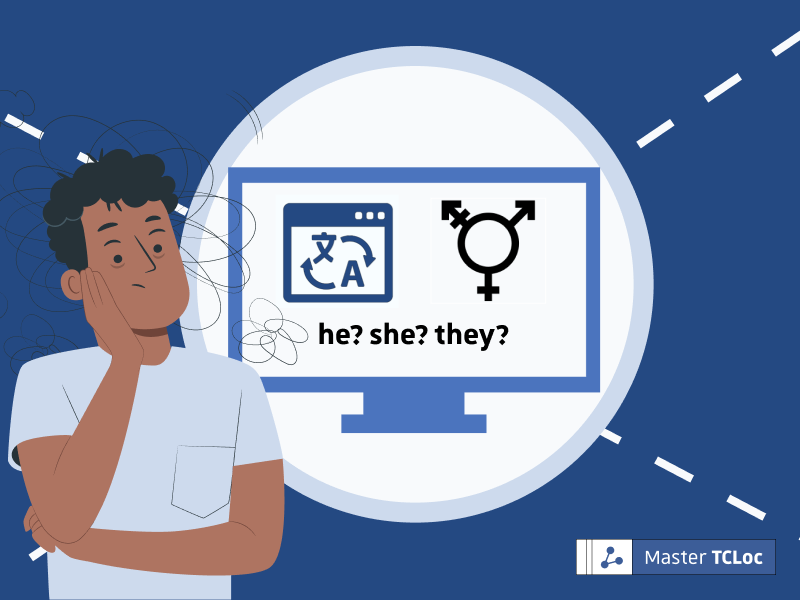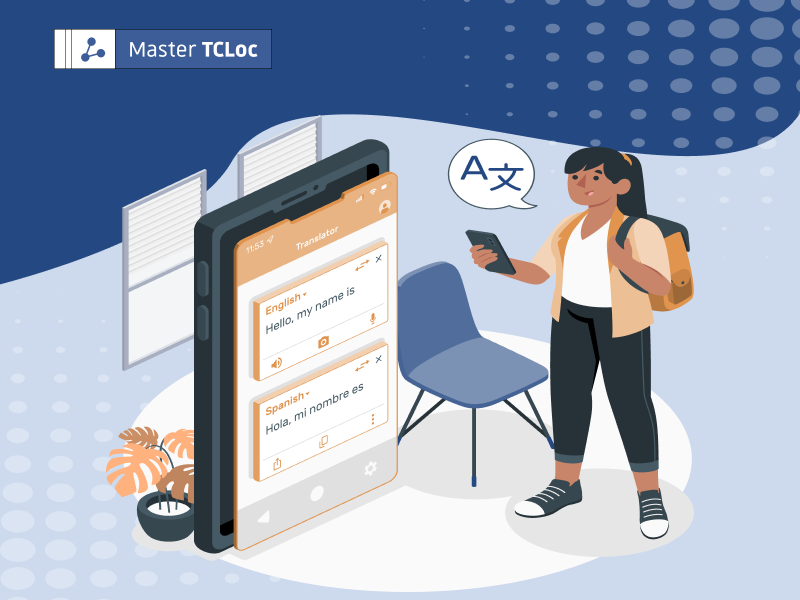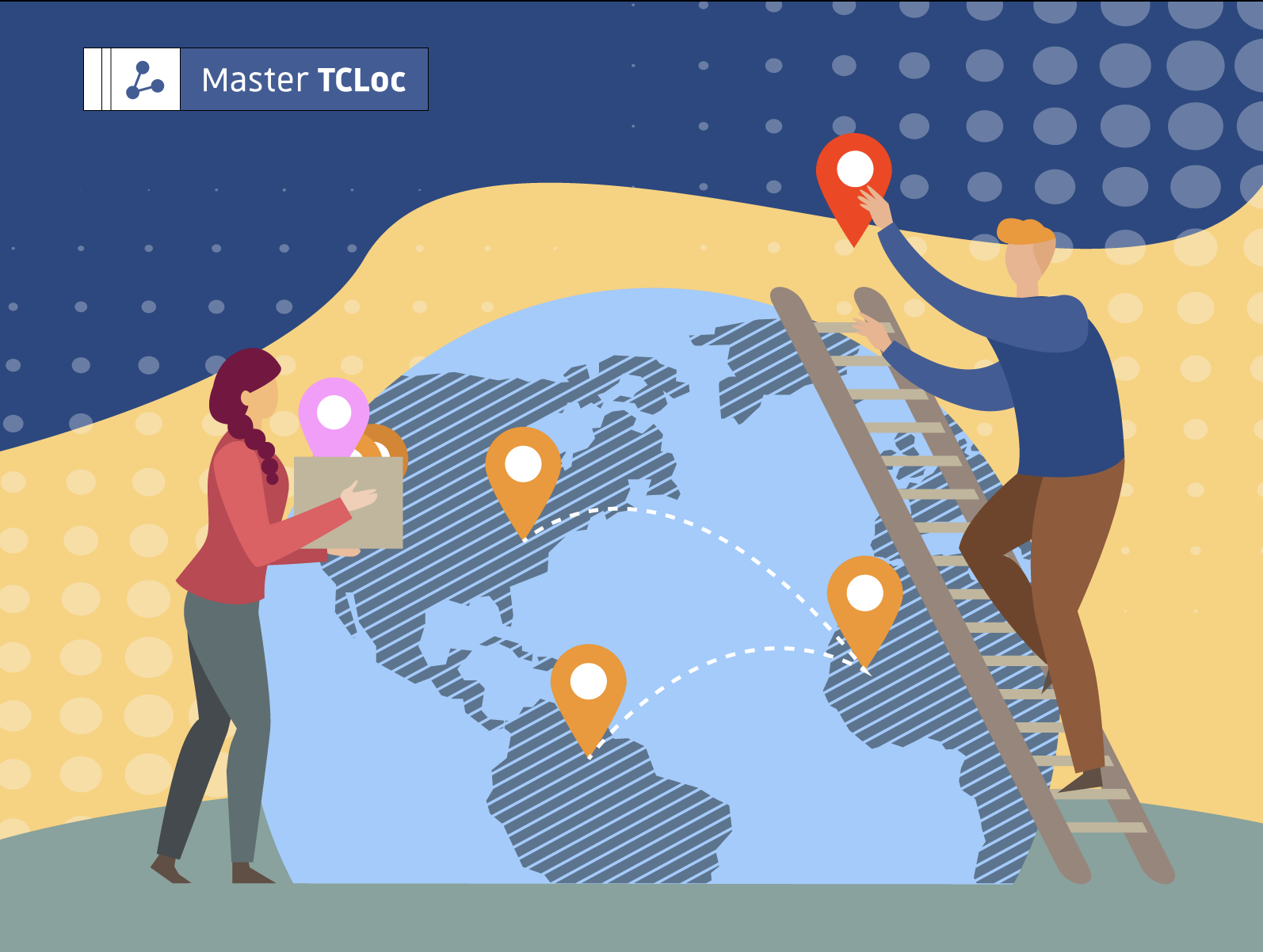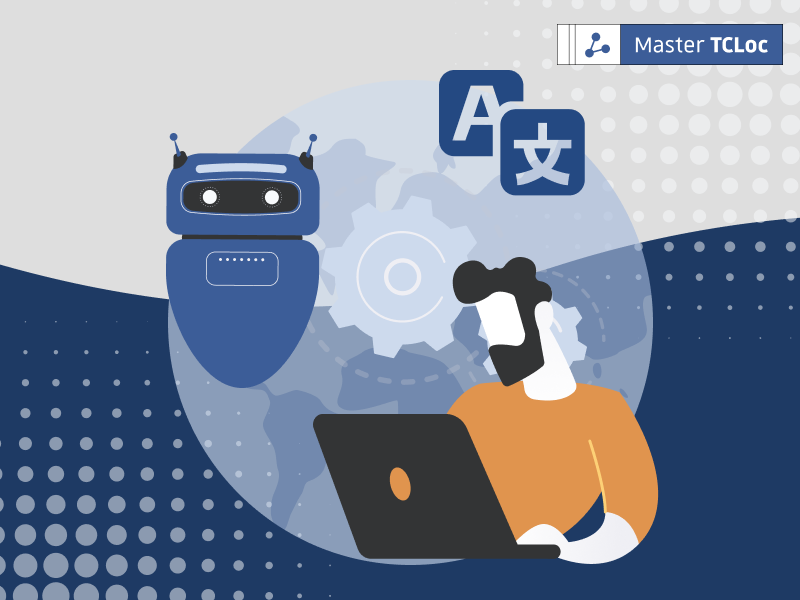In today’s diverse world, creating content that resonates with all audiences is not just a nice-to-have, but a must-have. Gendered language can alienate or exclude certain groups, leading to missed opportunities in global marketing and communication. To foster inclusivity, businesses, and content creators must prioritize inclusive localization to ensure their messages are universally welcoming.
What Is Inclusive Localization?
Inclusive localization refers to adapting your content to make sure it respects and acknowledges the diversity of your audience, including gender identities, cultural backgrounds, and personal preferences. It goes beyond simply translating the text into different languages—it involves adapting the tone, terminology, and visual elements to be more inclusive of all groups.
When considering localization, gender neutrality is one of the most important factors to account for, as language shapes perception and can either reinforce or challenge stereotypes.
Why Is Gender-Neutral Language Important in Localization?
Many languages around the world are inherently gendered, which means they have masculine and feminine forms for nouns, adjectives, and verbs. For example, in Spanish, “el” (masculine) and “la” (feminine) are used for “the,” which can unintentionally reinforce binary gender roles. This can cause exclusion for non-binary or gender-fluid individuals.
In English, while the language is less gendered, subtle biases may still exist, such as the use of “he” as a default pronoun or assuming traditional gender roles.
By opting for gender-neutral language, you promote inclusivity and respect for all gender identities.
Practical Tips for Inclusive Localization
1. Use Gender-Neutral Pronouns
In languages like English, use “they/them” pronouns when the gender of a person is unknown or irrelevant. For languages with gendered pronouns (like Spanish, French, or German), look for neutral alternatives or rephrase sentences to avoid using pronouns altogether.
Example:
Instead of saying, “Each employee should complete his or her form,” use:
“Each employee should complete their form.”
2. Avoid Gendered Job Titles and Roles
Gendered job titles, like “waiter” or “stewardess,” can be replaced with neutral terms like “server” or “flight attendant.” In localization, it’s essential to check that job titles reflect gender neutrality, especially in languages that rely on gendered words for professions.
Example:
“Salesman” → “Sales Representative”
“Fireman” → “Firefighter”
3. Implement Non-Binary Options
Many forms, surveys, and applications require gender selection, often limited to “male” or “female” options. Offering a non-binary or prefer not to say option can provide a more inclusive experience.
4. Adapt Visual Content To Reflect Diversity
Localization goes beyond text. Ensure that your images, graphics, and videos feature diverse individuals representing different genders, races, and cultures. Avoid reinforcing stereotypes by choosing visuals that reflect various identities and backgrounds.
5. Be Mindful of Idiomatic Expressions
Certain idiomatic expressions may be culturally or gender-biased. Consider revising expressions that might be offensive or exclusive. For example, phrases like “man up” or “you guys” could be replaced with “toughen up” or “everyone.”
6. Consult Native Speakers and Experts
While automation and AI tools can help with translation, human input is invaluable for truly inclusive localization. Engaging native speakers and inclusivity experts will ensure that the cultural nuances and sensitivity around gender and identity are respected.
Examples of Gender-Neutral Localization Across Languages
Spanish
In Spanish, some organizations have adopted “todes” as a neutral form to replace “todos” (masculine plural) and “todas” (feminine plural), creating a more inclusive way to refer to a group of people.
Example:
“Todos los estudiantes” (All students) → “Todes les estudiantes”
French
In French, the use of “iel” has emerged as a neutral pronoun, combining the masculine “il” and feminine “elle” to refer to a person without specifying gender.
Example:
“Il/Elle est parti(e)” (He/She has left) → “Iel est parti(e)”
Final Thoughts
Inclusive localization is more than just changing a few words or adding options. It’s about being intentional in your messaging and ensuring that you’re creating an environment where all audiences feel seen and valued. In a globalized world, embracing gender-neutral language and being mindful of inclusivity can open doors to better relationships with customers, clients, and communities worldwide.
Learn more about localization in our Master TcLoc blog



